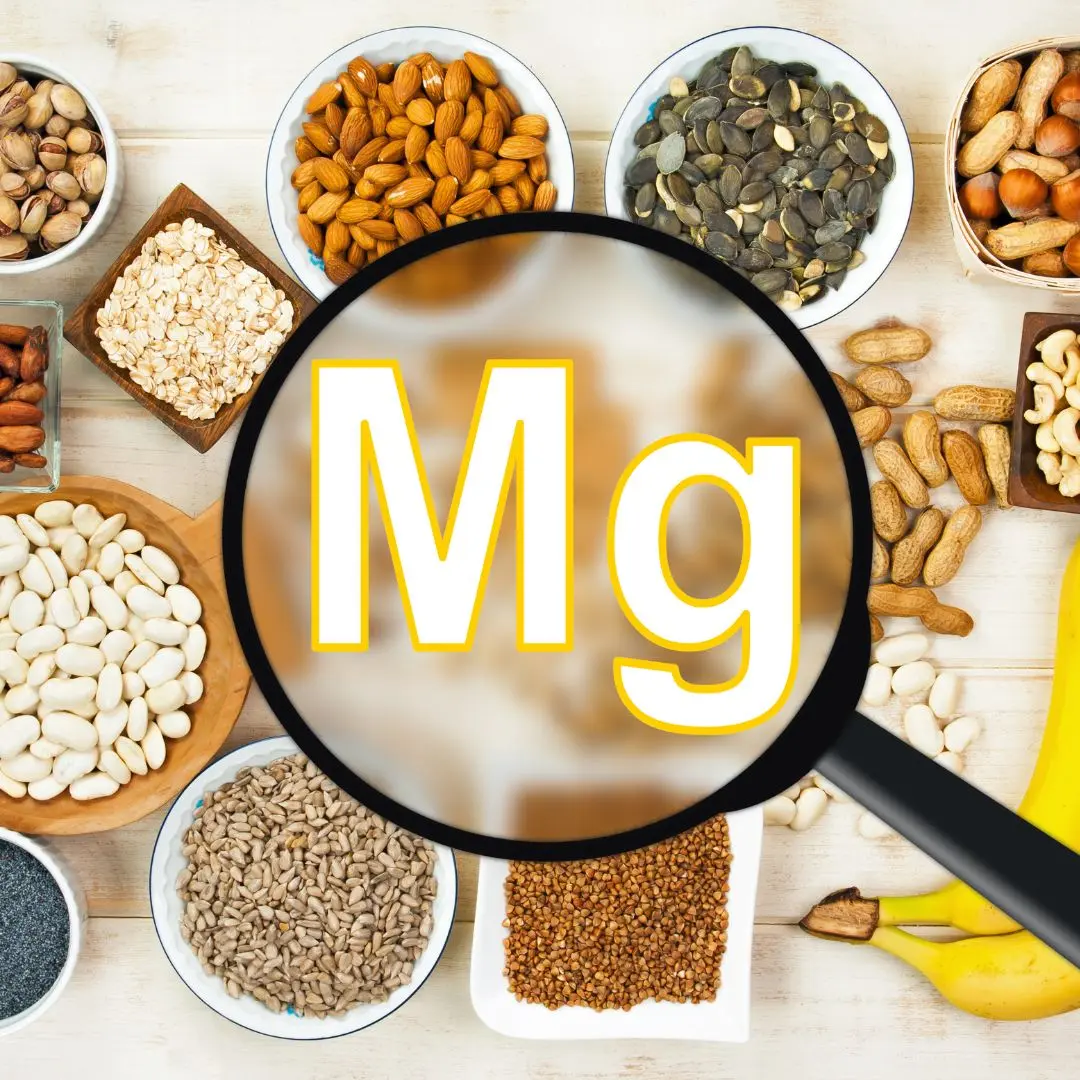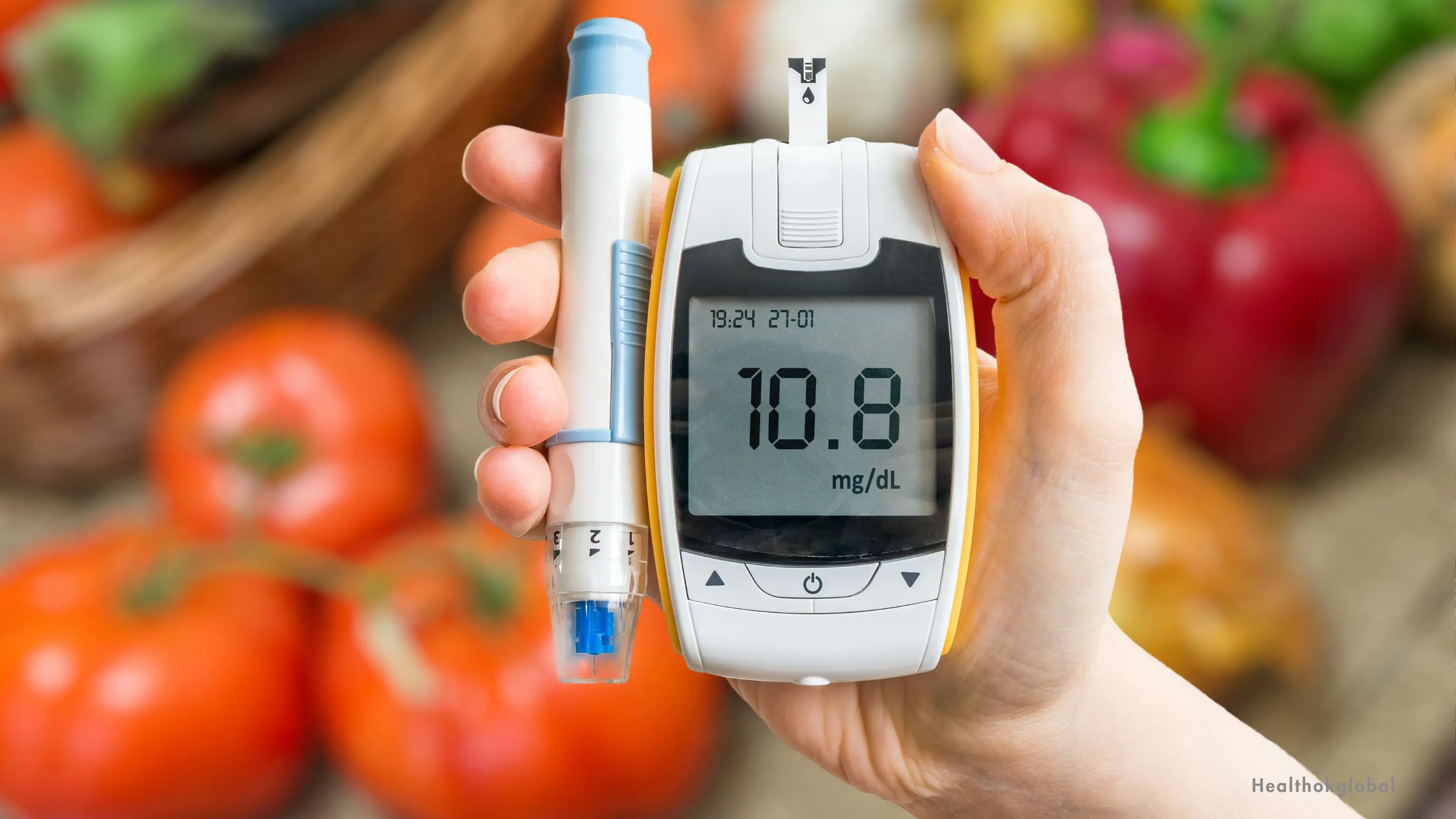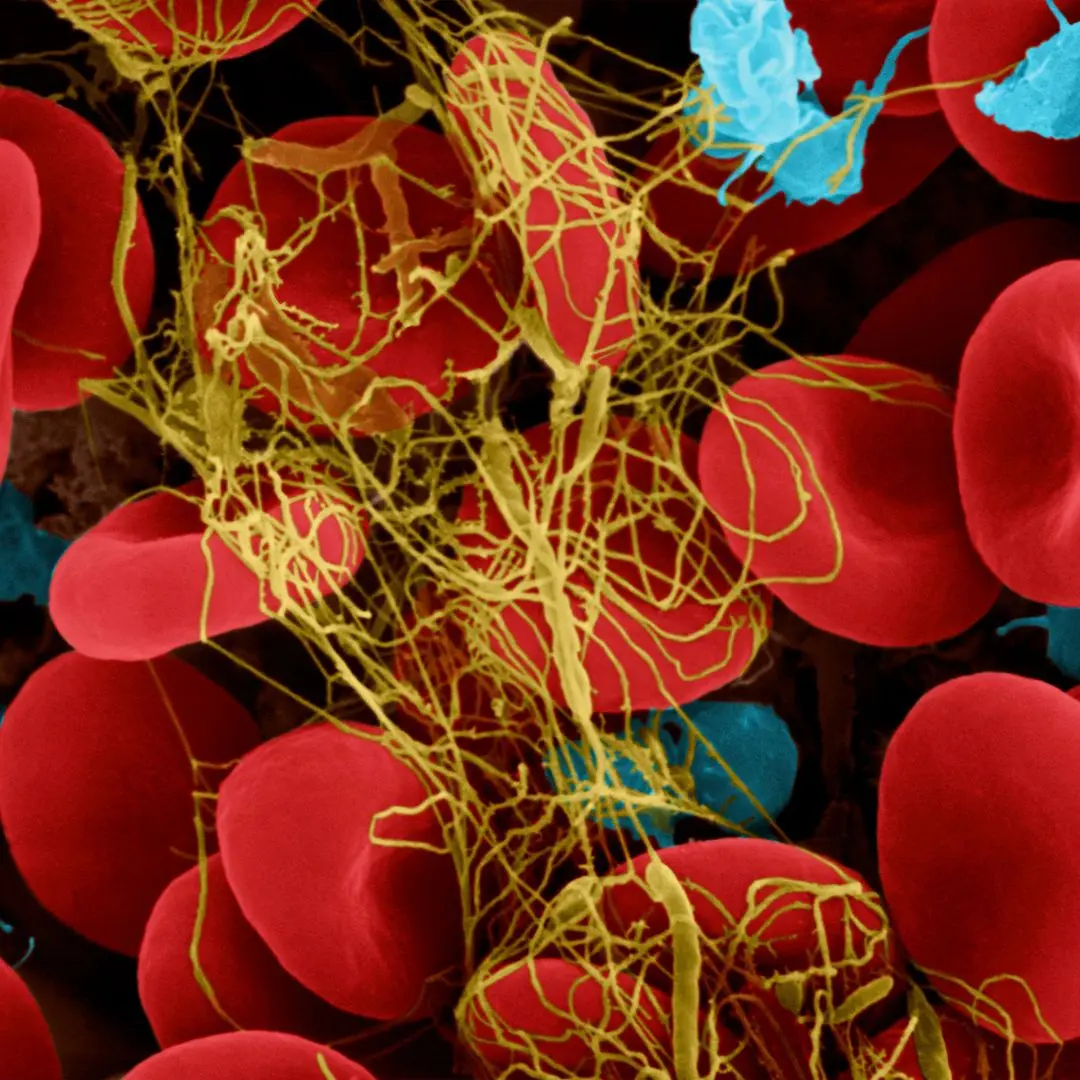Magnesium plays a vital role in many bodily functions, including muscle and nerve function, blood sugar control, and bone health.

Blog
How to Test for Magnesium Deficiency at Home: An Essential Guide
Magnesium plays a vital role in many bodily functions, including muscle and nerve function, blood sugar control, and bone health. Yet, magnesium deficiency is often overlooked. This guide explores how to recognize the signs of magnesium deficiency and ways to test for it at home, ensuring you can take steps to maintain optimal health.
Magnesium deficiency, or hypomagnesemia, can manifest through various symptoms due to its involvement in over 300 biochemical reactions in the body. Symptoms can range from mild to severe, including muscle cramps, fatigue, irregular heartbeat, and difficulty sleeping.
Identifying magnesium deficiency early can help you address it before it leads to more serious health issues. Common early signs include:
While laboratory tests are the most accurate way to diagnose magnesium deficiency, observing your body's signs and symptoms can provide initial insights. Here’s how you can start:
One of the simplest ways to gauge if you might be magnesium deficient is by evaluating your diet. Magnesium-rich foods include green leafy vegetables, nuts, seeds, and whole grains. If these are lacking in your daily meals, you might not be getting enough magnesium.
Keeping a journal of your daily health symptoms can also help you spot patterns that might be linked to magnesium deficiency. Documenting instances of unexplained muscle cramps, fatigue, or changes in mood over time can provide clues to your magnesium intake.
Although less common than other home health tests, some over-the-counter magnesium home testing kits measure magnesium levels in saliva or urine. While not as definitive as blood tests, they can offer additional information about your magnesium status.
If you suspect you're not getting enough magnesium, there are natural ways to boost your intake:
Incorporate more magnesium-rich foods into your diet. Regularly consuming green leafy vegetables, nuts, seeds, and whole grains can naturally increase your magnesium levels.
Magnesium supplements are an option, but it's important to choose the right type and dosage. Consult with a healthcare professional before starting any supplement regimen.
Epsom salt (magnesium sulfate) baths can provide a form of transdermal magnesium absorption, potentially offering a soothing way to increase your magnesium levels while relaxing your muscles.
If home assessments and dietary adjustments don't alleviate your symptoms, or if you experience severe symptoms of magnesium deficiency, it's crucial to seek professional medical advice. A healthcare provider can order comprehensive tests to accurately diagnose magnesium deficiency and other conditions, ensuring you receive appropriate treatment.
Knowing how to test for magnesium deficiency at home and understanding how to address it can play a significant role in proactive health management. By staying alert to the signs of magnesium deficiency and making informed choices about your diet and lifestyle, you can support your body's needs and maintain your well-being.
While laboratory tests are the most accurate way to diagnose magnesium deficiency, observing your body's signs and symptoms can provide initial insights. Here’s how you can start:
If home assessments and dietary adjustments don't alleviate your symptoms, or if you experience severe symptoms of magnesium deficiency, it's crucial to seek professional medical advice. A healthcare provider can order comprehensive tests to accurately diagnose magnesium deficiency and other conditions, ensuring you receive appropriate treatment.
Magnesium deficiency, or hypomagnesemia, can manifest through various symptoms due to its involvement in over 300 biochemical reactions in the body. Symptoms can range from mild to severe, including muscle cramps, fatigue, irregular heartbeat, and difficulty sleeping.
Need Personalized Health Guidance?
Get expert advice tailored to your specific health needs from our qualified healthcare professionals.





